A review of Toward an Urban Ecology, by Kate Orff. 2016. ISBN978-1-58093-436-7. The Monacelli Press, New York. 272 pages. Buy the book.
Kate Orff, one of the leading ecologically-oriented landscape architects working today, and her firm, SCAPE, have put together an engaging and important book. The book describes what it means to pursue urban design, revitalization, and social engagement based on a firm foundation of ecological knowledge and the perspectives it supports. Although the book is rich with examples of creative, socially embedded designs, both built and envisioned, the work can always be traced back to sound ecological foundations. Because of its commitment to community-engaged design and practice, and its use of thoroughly considered future visions, the book stands out as an excellent example of the best of contemporary ecological design theory and practice.
Toward an Urban Ecology‘s breadth of practical, strategic, and conceptual richness lays out a comprehensive understanding of contemporary landscape architecture.
The book is visually attractive and intellectually well organized. Perhaps most significant to the success of the book is the variety of ways in which ideas, designs, and visions are presented. The text of the book is well written and easy to follow. There are compelling and thoughtful essays, many written by Orff herself, but also by other thinkers and practitioners, such as Jane Hutton, Thaïsa Way, Emily Eliza Scott, and Brian Davis. There are also insightful interviews with clients, scientific collaborators, community leaders, community scientists, and others. The interviews give life and immediacy to the role of engagement among disciplines and professions, and with diverse communities. The projects described are also diverse, including the well known “Oyster-tecture” plans for New York Harbor, but also lesser-known, equally visionary and grounded work ranging from Lexington, Kentucky’s Town Creek revitalization to projects in Minneapolis and Cleveland.
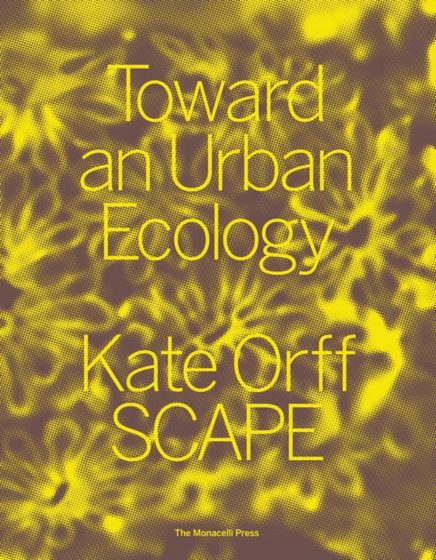 Most pages contain some images supporting the foundational thinking of the book; these give life to the projects. Design drawings, site photographs, digital representations of site futures, and the social and ecological functions of sites and their larger contexts are frequent subjects of these images. The paper has a nice heft, supporting high quality reproduction of the images.
Most pages contain some images supporting the foundational thinking of the book; these give life to the projects. Design drawings, site photographs, digital representations of site futures, and the social and ecological functions of sites and their larger contexts are frequent subjects of these images. The paper has a nice heft, supporting high quality reproduction of the images.
The framing of the book, accomplished through four themes, is inclusive and clear, capturing the breadth of contemporary ecological urban design. The two introductory themes of the book are “Revive” and “Cohabit,” where revive delves deeper and beyond restoration, and where cohabitation includes biodiversity and diverse human communities. The Cohabit theme emphasizes an often-unsung client of landscape architecture: nature. Further themes are “Engage” and “Scale,” which deal with linked social and biophysical processes and acknowledge the place of design in local to regional interactions. Each chapter discusses examples of the practice of ecological landscape design and the diversity of strategies that are relevant to that theme. This breadth of practical, strategic, and conceptual richness lays out a comprehensive understanding of contemporary landscape architecture that honors the scientific understanding of open, dynamic, social-biophysical systems, all while following the creative and innovative skills honed in the design professions.
The book is not a textbook of the science of urban ecology. The “urban ecology” of the title is not restricted to the specific science that I know and practice. However, it is a very successful and stimulating dialogue between that science and the motivation, theory, and practice of landscape architecture. Those interested in ecological urban design will be well rewarded by exploring this book, and will be stimulated to think and act in more integrated ways to promote the ecological and social health of urban systems.
Steward Pickett
Poughkeepsie
Click on the images below to buy the book. Part of the proceeds return to TNOC.


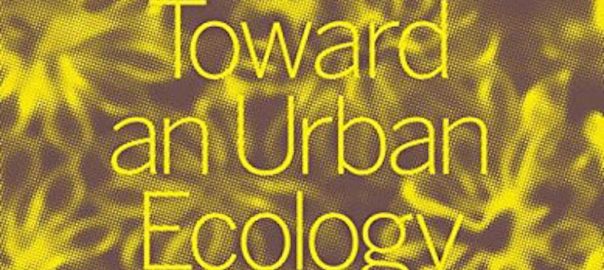
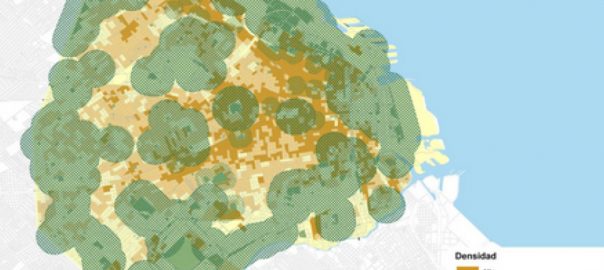
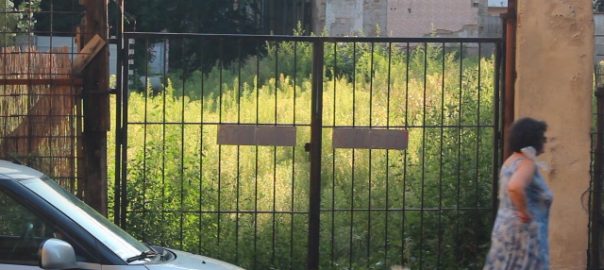
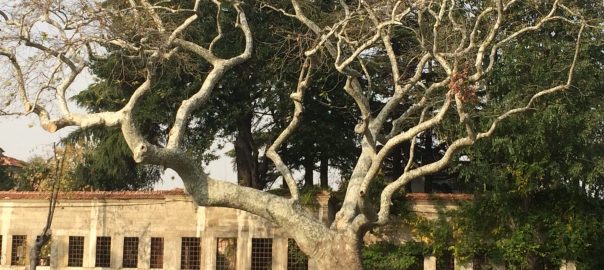

Leave a Reply